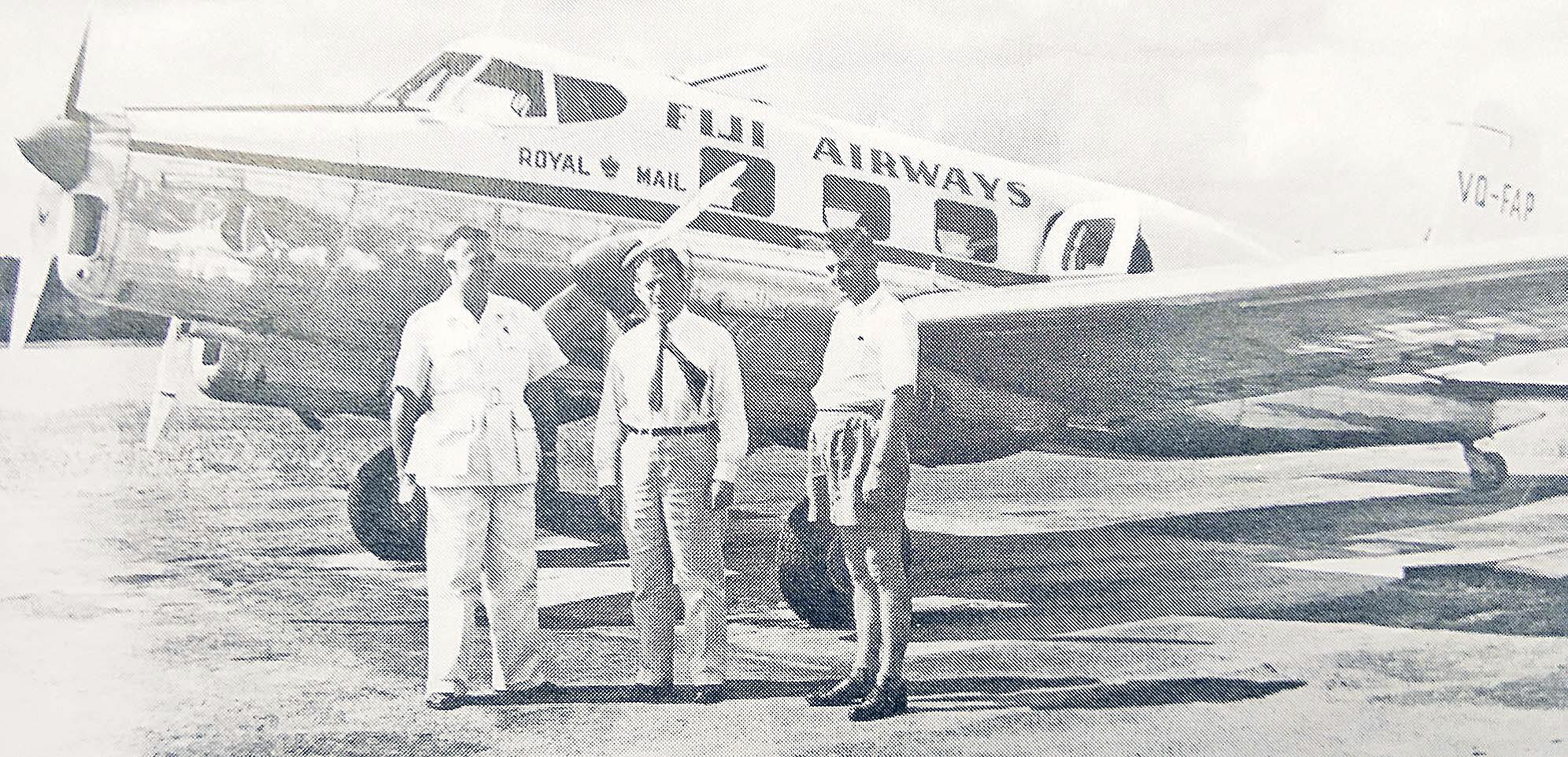A COMMON activity practised by children even until today is waving at aeroplanes passing overhead, with parents at times encouraging children to bid farewell or welcome those departing or arriving.
Out of this simple activity, one can only imagine the number of children who have had dreams of one day piloting the metal birds in the sky.
To an extent, the man who sparked these dreams is the late Harold Gatty, an Australian navigator who circumnavigated the globe in eight days alongside American pilot Wiley Post.
A pioneer of aviation in the Pacific, Mr Gatty would go on to establish Fiji Airways, the country’s national airline.
Accounts of his life from Fiji Airways reveal that Mr Gatty was born to British parents in Campbell Town in Tasmania on January 5, 1903. According to the airline, Mr Gatty settled in Fiji after World War II.
He was no stranger to the country having been based in Auckland before the war.
During this time, he fulfilled his role as the Australasian representative of Pan American World Airways.
He later joined the US Army Air Force during the war.
Mr Gatty served first in Java, Indonesia, and then relocated to Brisbane, Australia at General Douglas McArthur’s headquarters.
He was stationed at New Guinea after that. Before his Pan American job, Mr Gatty had already made a name for himself as an air navigator in the United States.
Utilising his sea navigation skills, he became a cadet midshipman trainee at the Australian Naval College.
This was where he devised his revolutionary ground speed and drift indicator.
“This allowed for navigation by dead reckoning and did away with the need to take shots from the sun or stars, and it was the forerunner of the automatic pilot, now standard equipment on virtually all commercial and military aircraft,” an account from Fiji Airways shares.
“Gatty got to use his own invention that shot him to international fame when Canadian pilot Lieutenant Harold Bromley invited him to be his navigator in his attempt to fly across the Pacific from Honshu, Japan, to Tacoma in Washington State, US, in September, 1930.
“Fuel tank problem forced the plane back to Honshu after 1900 kilometres of flying and it is said that despite heavy fogs, Gatty navigated the plane by dead reckoning back to their starting point.”
After the end of the war, he returned to his Pan American job in Auckland.
It was after this that Mr Gatty moved to Fiji, buying an island in the country’s eastern island group called Katafaga and turning it into a coconut estate.
Later on, he made a submission to Fiji’s then colonial government to operate the country’s domestic airline. This was registered as Katafaga Estates.
History was created on September 1, 1951, with the maiden commercial flight of a seven-seater De Havilland Dragon Rapide. Fiji Airways was officially born.
By this time, the airline began pioneering routes from Fiji across the region.
Robert “Bob” Kennedy, an aviation industry stalwart who worked for Qantas and started work at Fiji Airways in 1965, says the then Air Pacific pioneered routes to Port Moresby initially via Nadi, Port Vila and Honiara.
“As demand increased, new routes were added like Brisbane via Noumea and later, Brisbane via Vila,” he says.
“At that time, Air Pacific was Suva-based so all services originated from Suva. This did not change until the introduction in 1978 of the 400 series BAC 1-11 DQ-FCR which flew non-stop direct from Nadi to Brisbane.”
It was after the declaration of independence that Fiji Airways was rebranded as Air Pacific in 1971, reflecting the airline’s continued presence in the region.
In 2013, the airline underwent another massive rebranding after reverting to its original name, Fiji Airways.
Over the past few years, the airline has undergone major changes, opening up more destinations to and from Fiji and growing its fleet with a range of Boeing and Airbus aircraft.
- Next week: Read more about how local pilots became part of Fiji Airways.



